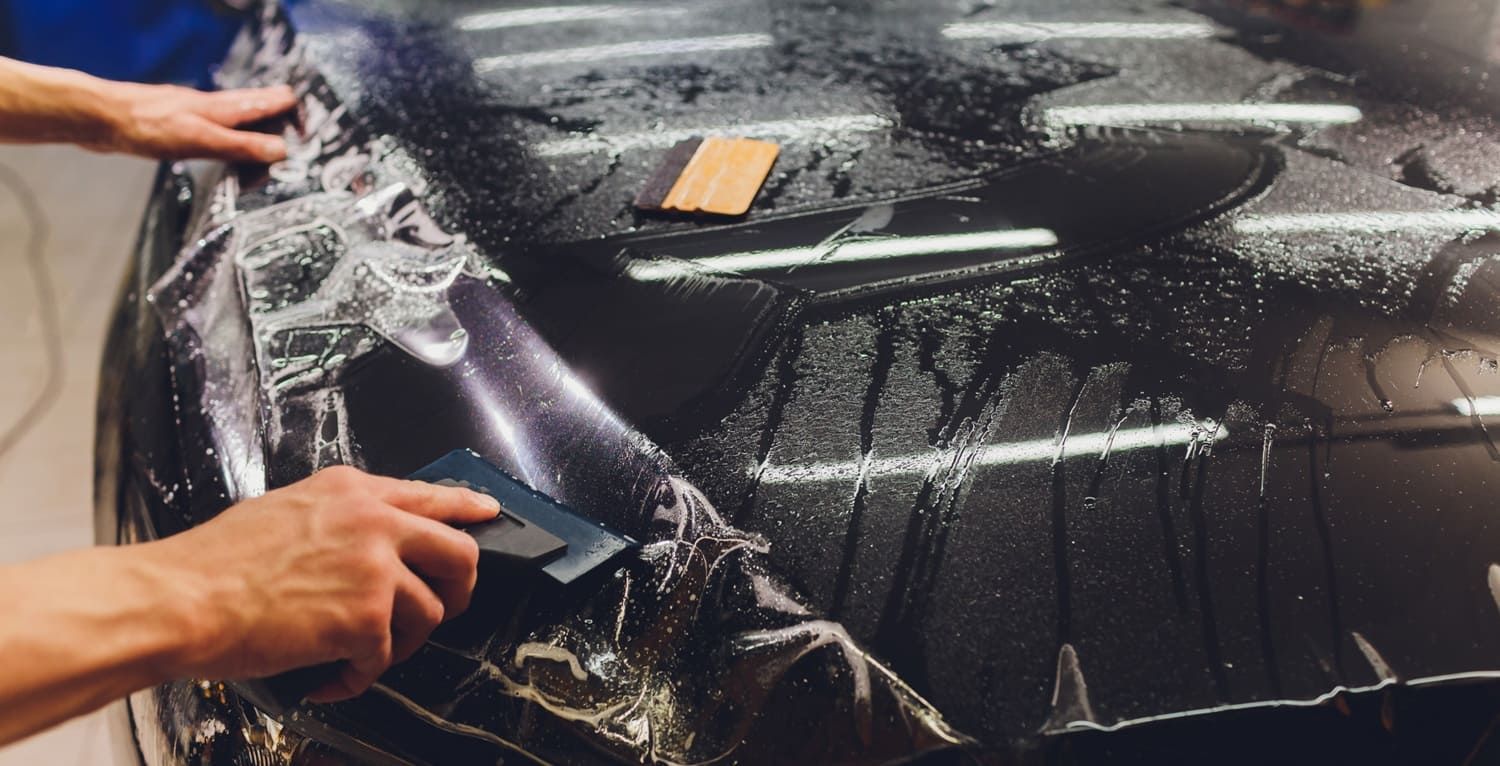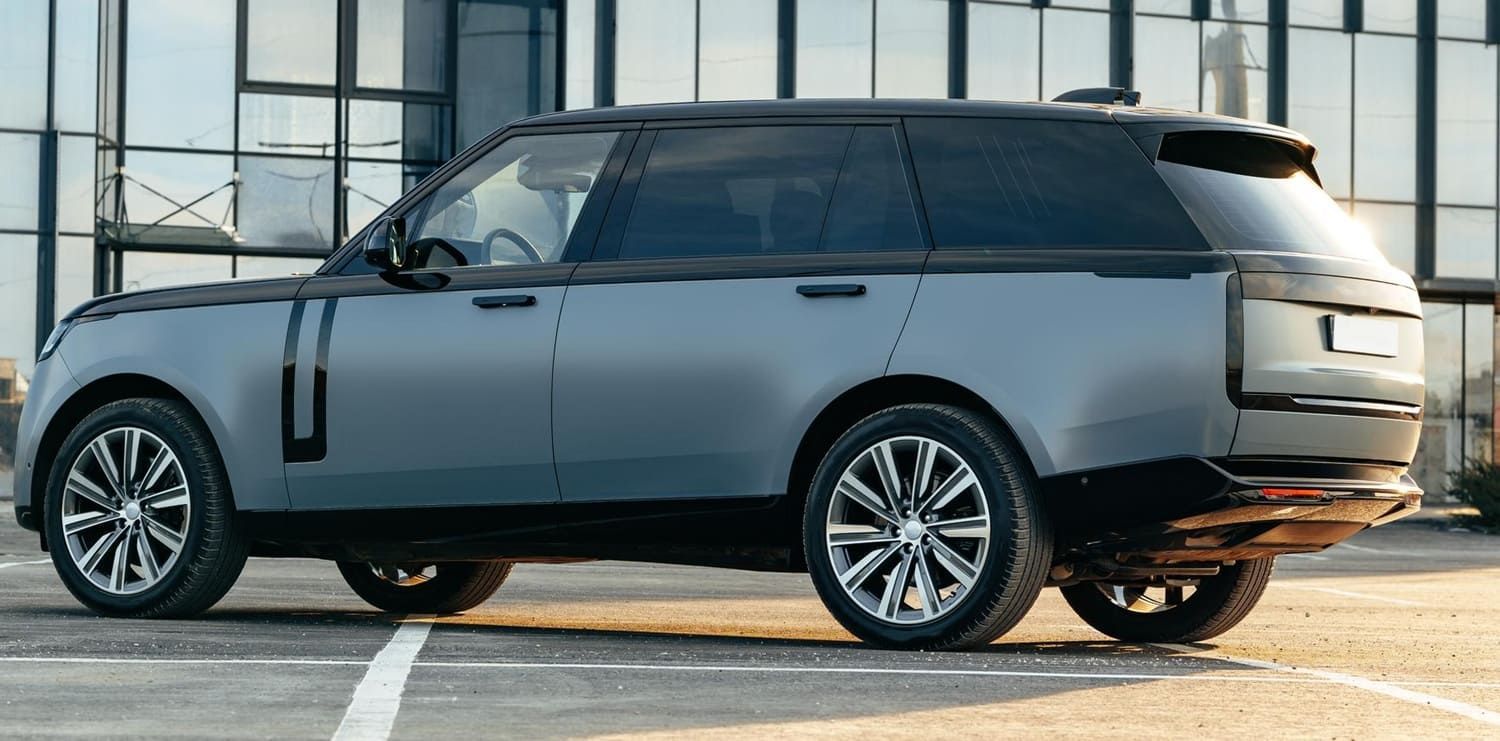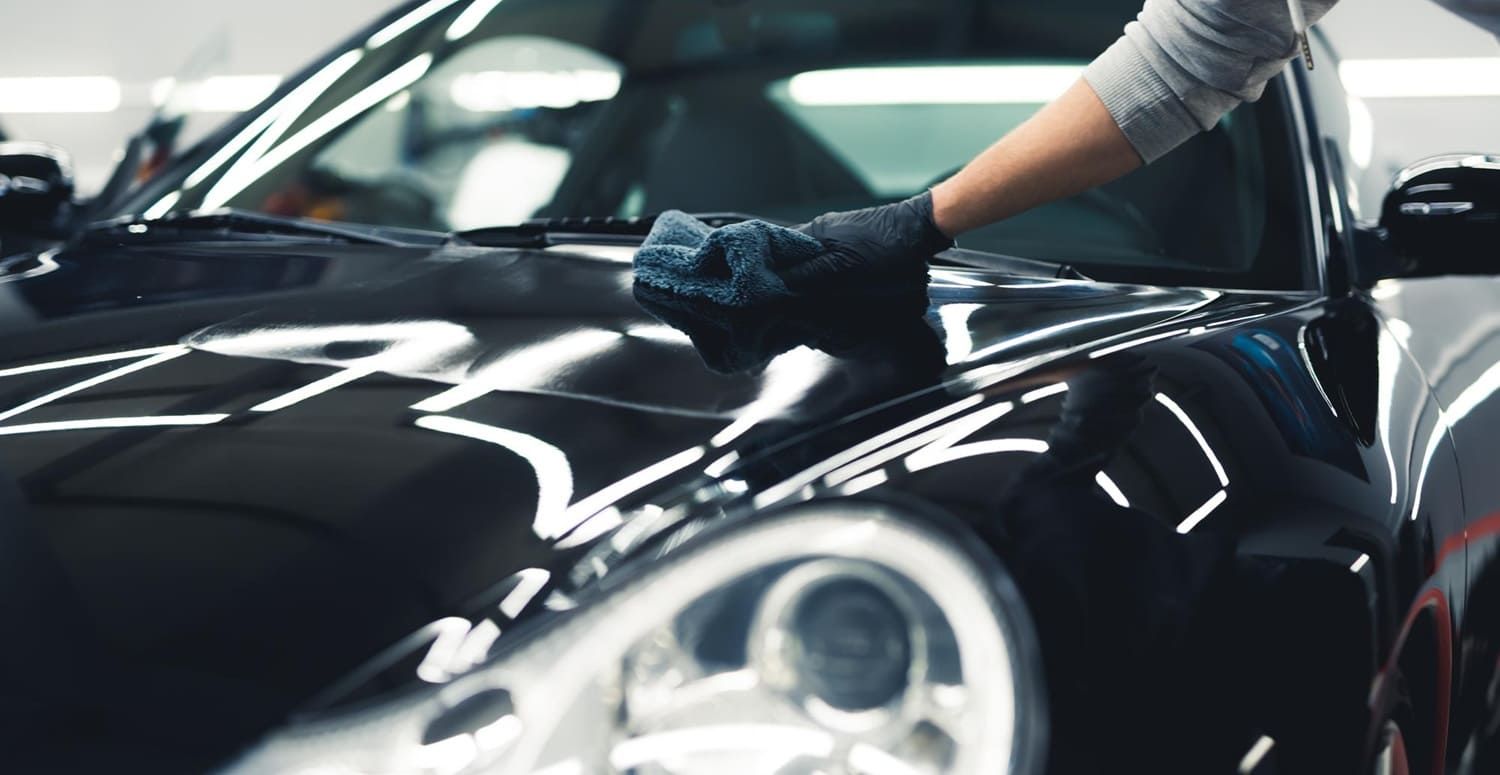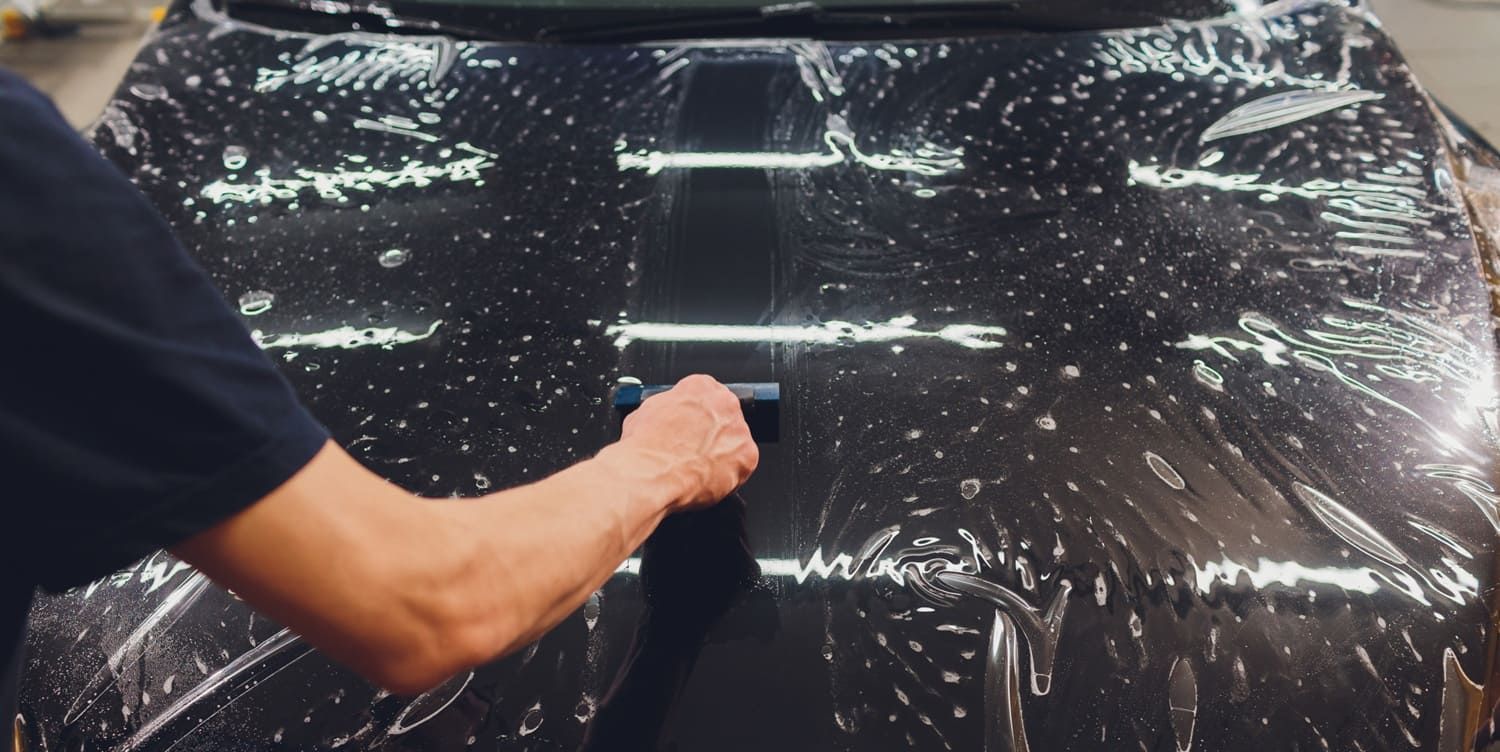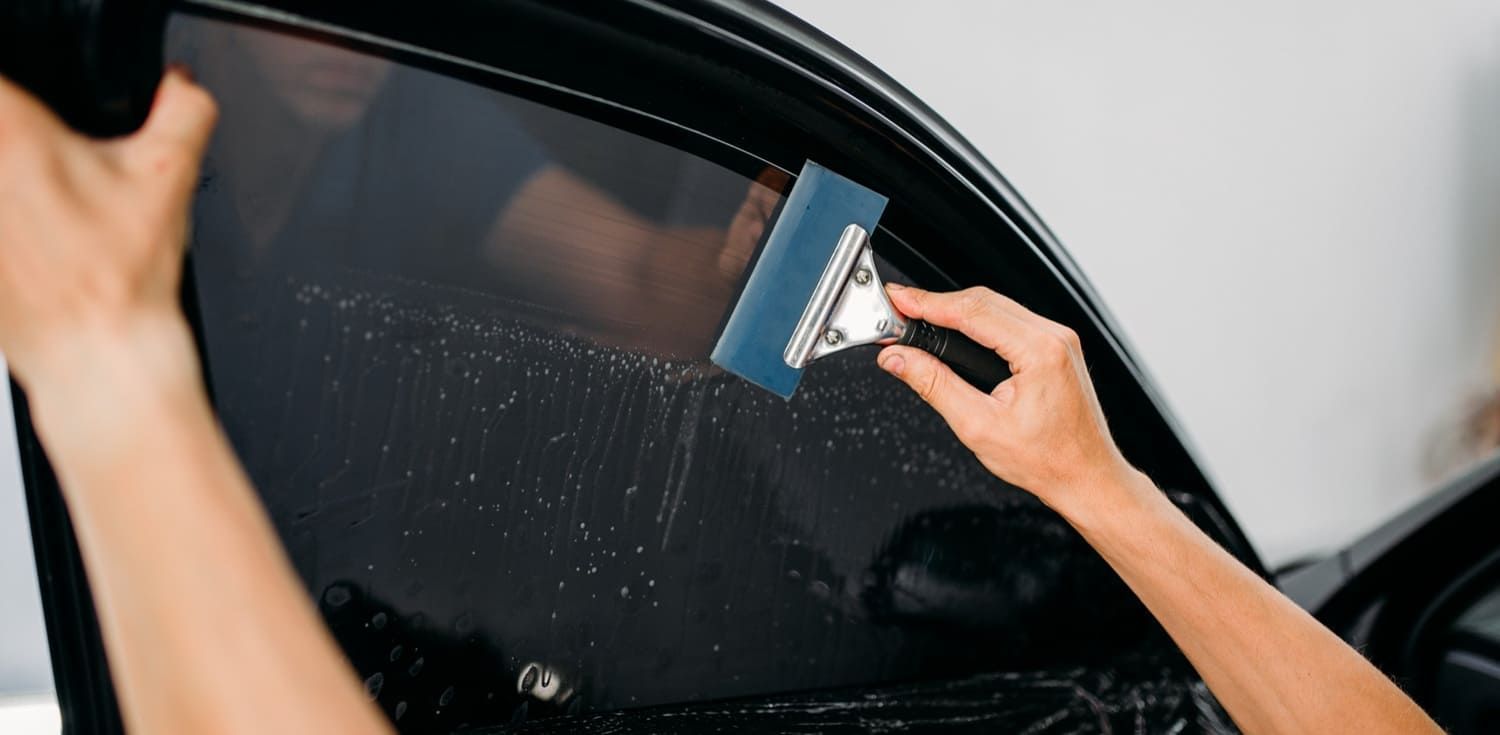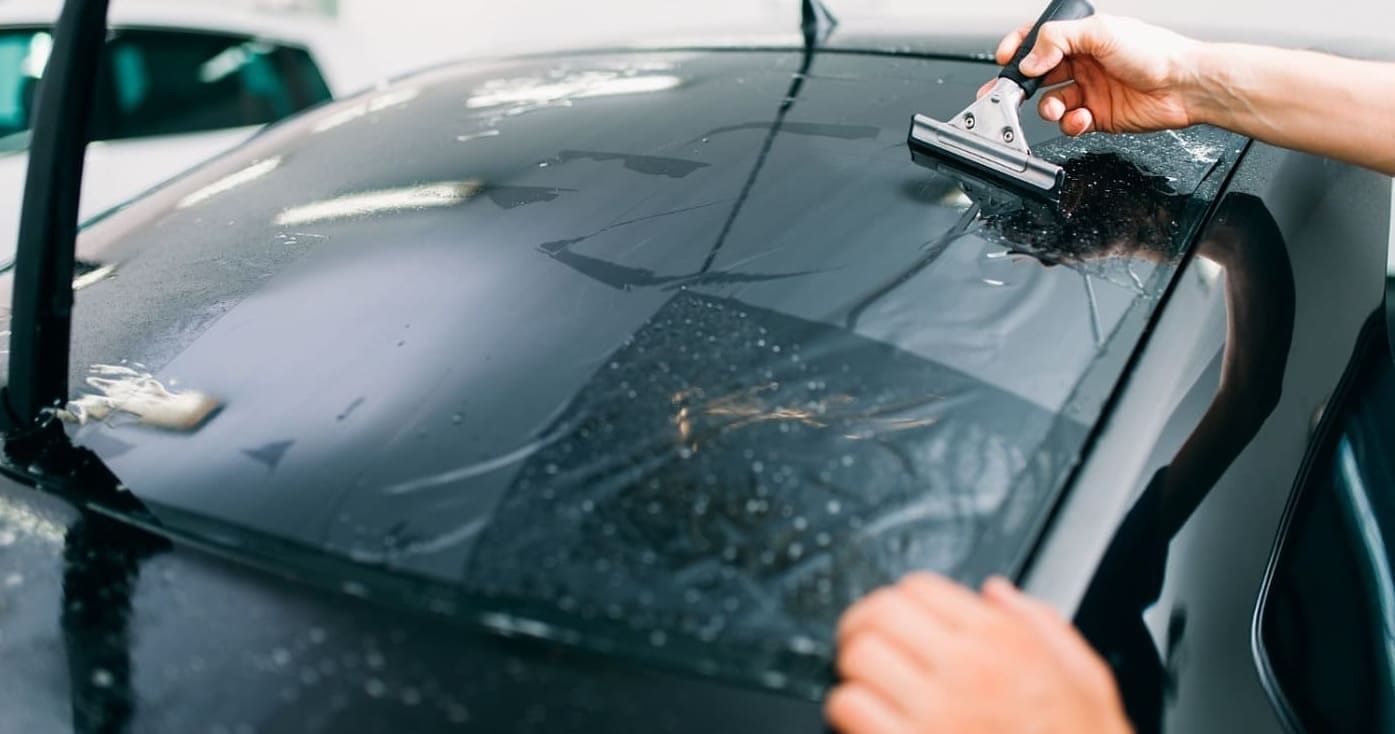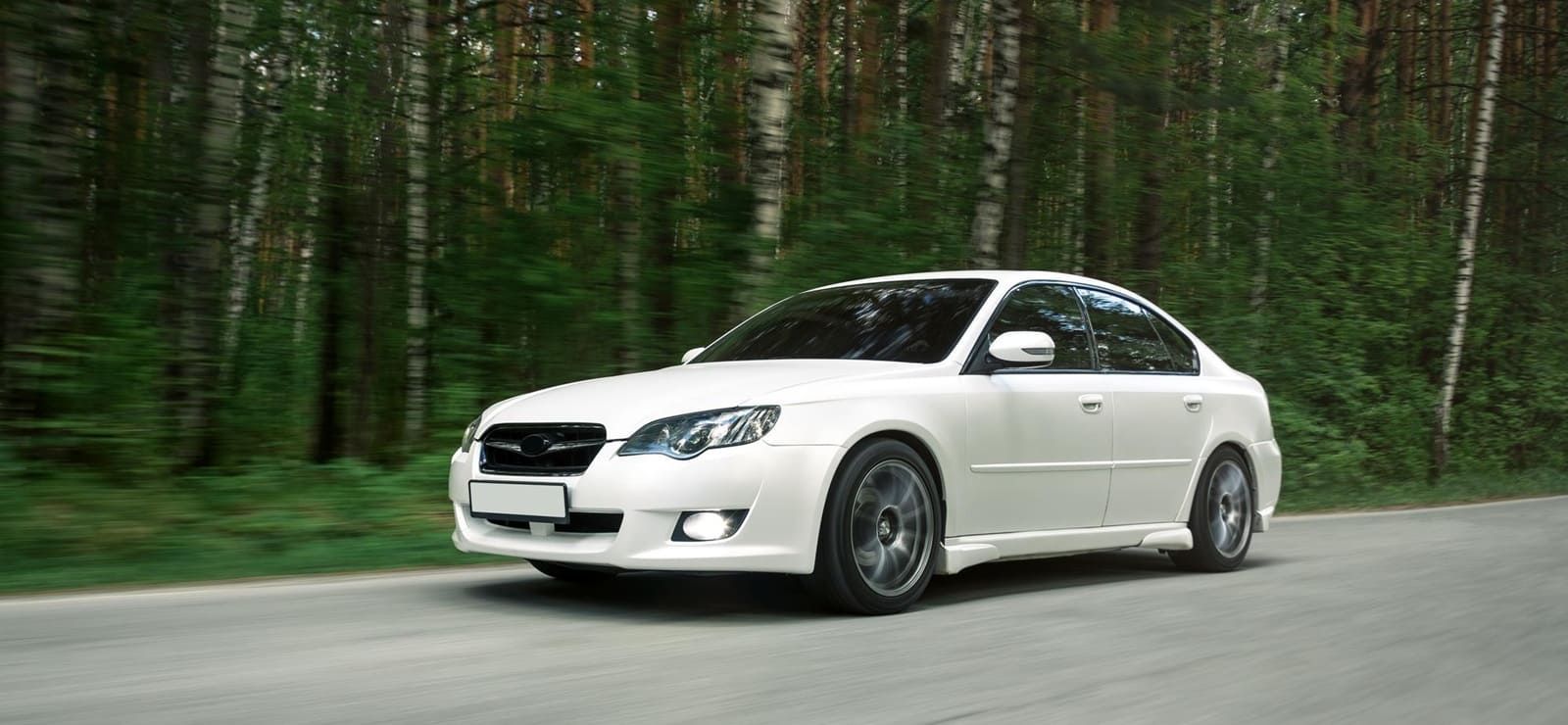Understanding the Risks of Tinting Your Front Windshield
When it comes to modifying vehicles, window tinting stands out as a favored enhancement among many car enthusiasts. This modification not only elevates the vehicle's aesthetic appeal but also offers practical benefits such as increased privacy and significant heat reduction. However, when it comes to tinting the front windshield, drivers must navigate a landscape of considerations and potential risks that could impact safety and legality.
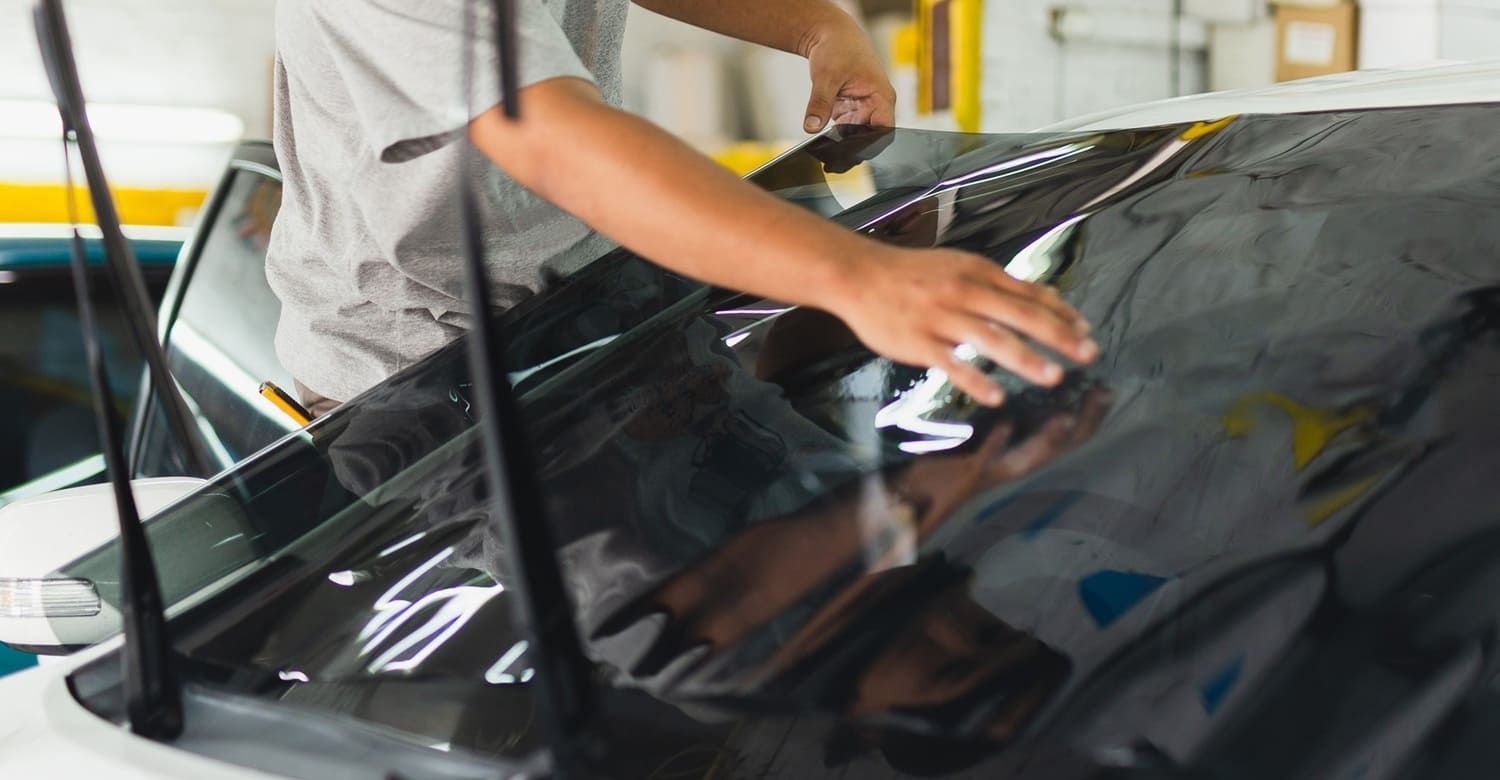
What is Front Windshield Tinting?
Front windshield tinting involves the application of a specialized thin film to the inner surface of a vehicle's front windshield. The tint film is available in a variety of shades and materials, each providing different levels of darkness and light filtration. The primary purpose of this modification is to minimize glare and heat, enhance driver and passenger privacy, and contribute to the overall sleek appearance of the vehicle.
Tinting technology has evolved over the years, with modern films offering advanced features such as UV protection and increased shatter resistance. These enhancements can provide additional safety benefits by protecting occupants from harmful UV rays and reducing the risk of injury in the event of an accident. However, while these benefits are appealing, it's essential to balance them against the potential drawbacks, particularly when applied to the front windshield.
Tinting Regulations
Before embarking on the journey of front windshield tinting, it's imperative to familiarize yourself with the regulations governing this modification in your area. Different states, countries, and regions have distinct laws specifying the permissible levels of tint on front windshields. These regulations are designed to ensure safety for all road users by maintaining adequate visibility for drivers.
Why Regulations Matter
Tinting regulations are not merely bureaucratic hurdles; they play a crucial role in road safety. Excessively dark tints can drastically impair a driver's ability to see clearly, posing a significant risk during nighttime driving or adverse weather conditions like heavy rain or fog. Compliance with these regulations is not just about avoiding fines or penalties; it's about safeguarding your well-being and that of other road users.
Moreover, adhering to tinting laws can prevent legal complications. Non-compliance can lead to penalties such as fines, mandatory removal of the illegal tint, and even failed vehicle inspections. Understanding and following these regulations ensures that you can enjoy the benefits of tinting without the looming threat of legal repercussions.
Risks Associated with Front Windshield Tinting
While tinting offers several advantages, it also presents specific risks, particularly when applied to the front windshield. Understanding these risks is vital for making an informed decision.
Reduced Visibility
One of the most significant concerns with front windshield tinting is the potential for reduced visibility. A dark tint can severely limit a driver's ability to see the road, pedestrians, and other vehicles clearly, which is particularly hazardous during low-light conditions such as nighttime or inclement weather. This reduced visibility can increase the likelihood of accidents, as drivers may not react quickly to unexpected obstacles or changes in the road.
In addition to the immediate danger posed by reduced visibility, the stress of straining to see through a darkly tinted windshield can contribute to driver fatigue. Fatigue can further impair reaction times and decision-making, compounding the risk of accidents. Therefore, it's crucial to carefully consider the level of tint applied to the front windshield to ensure safety is not compromised.
Legal Consequences
As previously mentioned, violating tinting regulations can lead to legal troubles. Being caught with an illegal tint on your front windshield could result in fines, failed vehicle inspections, or even the requirement to remove the tint altogether. Legal issues extend beyond financial penalties, as they can also affect your driving record and insurance premiums.
The consequences of illegal tinting can extend to insurance coverage. Should an accident occur, and it is determined that the tint was a contributing factor, your insurance claim could be denied. Insurance providers often view illegal modifications as factors that increase risk, potentially complicating the claims process and resulting in higher premiums.
Insurance Complications
Illegal tinting can have significant implications for your car insurance. In the unfortunate event of an accident, if it's established that the tint contributed to the incident, your insurance provider might deny your claim. Insurers typically consider illegal modifications to increase risk, which can lead to complications during the claims process and potentially result in higher premiums or policy cancellation.
Moreover, insurance companies may require vehicle owners to remove illegal tints before approving coverage. This not only adds to the cost but also the inconvenience of having to reverse a modification that was initially intended to improve the vehicle. Understanding these potential complications underscores the importance of adhering to legal tint levels and consulting with your insurance provider before proceeding with front windshield tinting.

Safety Concerns
Beyond legal and visibility concerns, front windshield tinting poses additional safety risks that must be considered.
Impaired Night Vision
Tinting, while beneficial in reducing daytime glare, can significantly impair night vision. The reduced light transmission through a tinted windshield makes it more challenging to see in low-light conditions. This impairment can increase the likelihood of accidents, as drivers may struggle to notice and react to obstacles or changes in the road promptly.
The impact on night vision is not only a concern for the driver but also for other road users. Reduced visibility can hinder a driver's ability to see pedestrians or cyclists, increasing the risk of collisions. Therefore, ensuring that the chosen tint allows sufficient light transmission is critical for maintaining safety during nighttime driving.
Glare Reduction vs. Glare Creation
While one of the touted benefits of tinting is glare reduction, improperly applied or excessively dark tint can lead to glare creation. Light from streetlights, headlights, and other sources can reflect off the tint, causing distracting glare that hampers your ability to see clearly. This unintended consequence can negate the intended benefits of tinting, making driving more hazardous.
Additionally, glare issues can be compounded by poor-quality tint films or improper installation. These factors can cause bubbles or distortions in the tint, further obstructing the driver's view and creating additional glare. To avoid these issues, it's essential to invest in high-quality tinting products and professional installation.
Choosing the Right Tint
If you're determined to proceed with tinting your front windshield, selecting the right type of tint is crucial to minimizing risks. Consider the following tips to make an informed choice.
Consult a Professional
Engaging a professional installer is essential for ensuring that the tint is applied correctly and that you choose a product that complies with local regulations. Professionals have the expertise to advise on the appropriate level of tint for your needs and can ensure that the installation is free of defects that could impair visibility or create glare.
Professional installers are also familiar with the latest tinting technologies and can recommend advanced options such as ceramic tints. These tints offer superior heat rejection without being excessively dark, providing a balance between reducing heat and maintaining visibility.
Consider Ceramic Tints
Ceramic tints are highly regarded for their heat rejection properties while maintaining a light appearance. Unlike traditional tints, ceramic films do not contain metals or dyes, which can interfere with electronic devices and degrade over time. They provide excellent UV protection and help keep the vehicle's interior cooler without compromising visibility, making them a popular choice for front windshields.
Choosing ceramic tints can also offer long-term benefits, as they are more durable and resistant to fading than conventional tint films. This durability ensures that your investment in front windshield tinting continues to provide benefits for years to come.
Opt for Legal Tint Levels
Adhering to legal tint levels is not just a legal obligation but a safety imperative. Make sure the Visible Light Transmission (VLT) of your chosen tint complies with local laws to avoid legal issues and maintain adequate visibility while driving. By staying within legal limits, you can enjoy the benefits of tinting without compromising safety or facing potential penalties.
In addition to complying with legal requirements, selecting a tint that allows sufficient light transmission can help maintain a clear view of the road, reducing the risk of accidents and ensuring a safer driving experience.
Conclusion
Tinting your front windshield offers a blend of benefits and risks that must be carefully evaluated. At Top Line Motor Sport, your best window tinting installers serving Cape Coral, FL, we help you make informed decisions that balance comfort, style, and safety.
While front windshield tinting can provide advantages such as heat reduction and enhanced privacy, it may also impair visibility, create legal concerns, and pose safety risks. That’s why it’s essential to understand local regulations and consult with experienced professionals.
By choosing the right tint and ensuring expert installation from Top Line Motor Sport, you can enjoy the benefits while minimizing risks. Contact us today for your free estimate and trusted guidance on safe, compliant tinting.
Prioritizing legality and proper application will help ensure your vehicle’s modification enhances your driving experience—without compromise.

